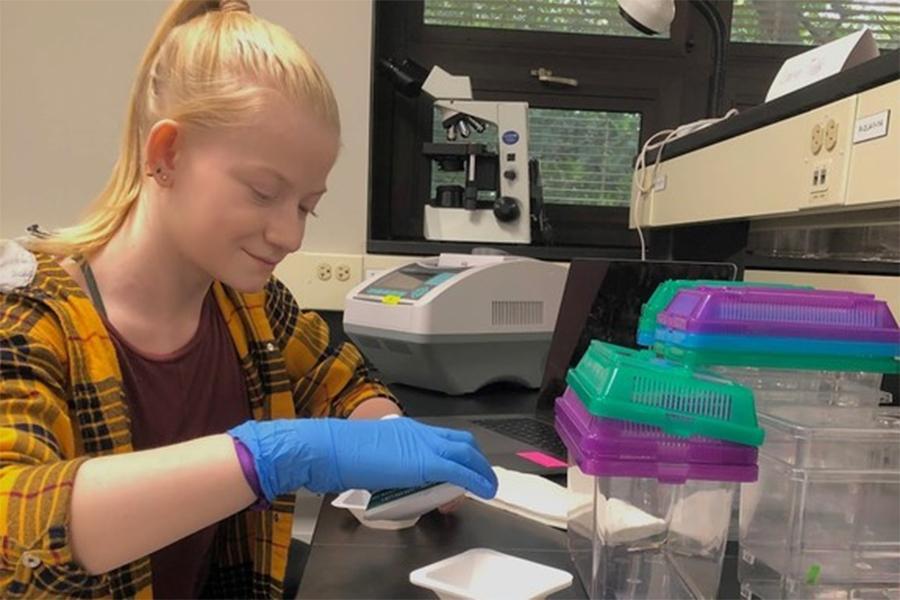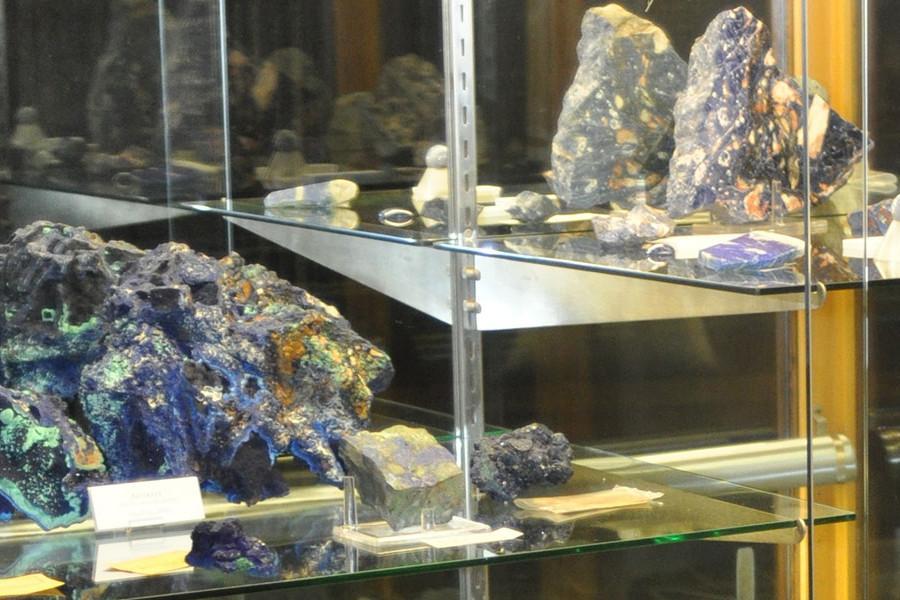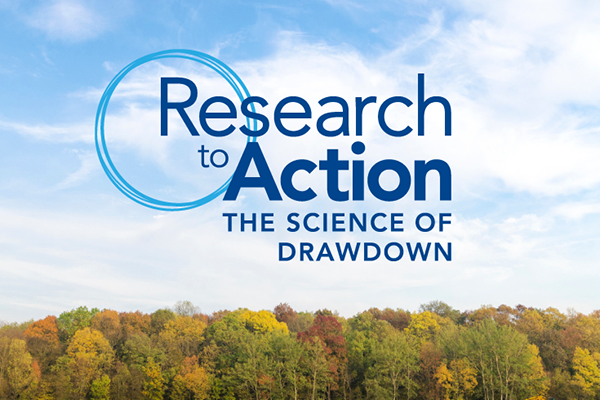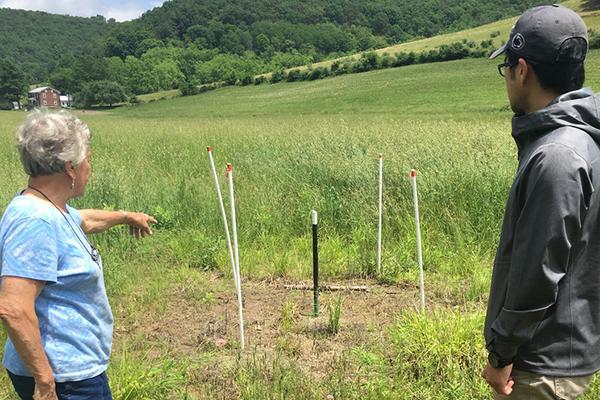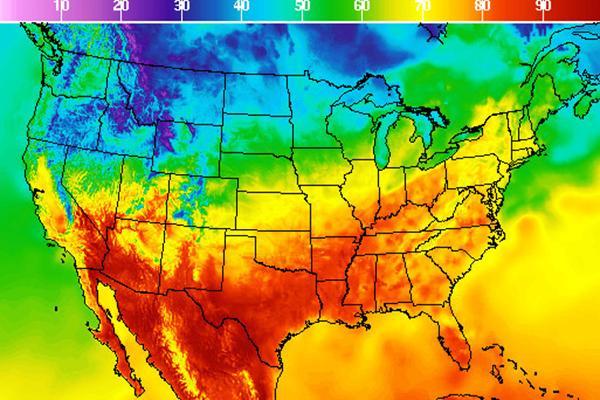The NASA Pennsylvania Space Grant Consortium (PSGC) is currently accepting applications to its undergraduate research internship programs.
Research Unplugged, the popular series of stimulating conversations with Penn State researchers, returns to Schlow Centre Region Library in October.
Researchers have found new evidence that supports the theory that an that an asteroid impact led to the demise of the dinosaurs, painting the clearest picture yet of the Cretaceous-Paleogene extinction event.
Two new College of Earth and Mineral Science's (EMS) student groups were recently formed to strengthen the Earth and Mineral Sciences Museum & Art Gallery's connection to the college, the University and local communities.
More than 20 Penn State researchers are participating in the upcoming climate solutions conference Research to Action: The Science of Drawdown.
A team of Penn State researchers has identified five factors that can better characterize risk management options to protect coastal populations from rising sea levels and storm surges.
A new testing protocol that uses existing, affordable water chemistry tests can help scientists and regulators detect sites showing evidence of new methane gas leaks caused by oil and gas drilling, according to Penn State researchers.
Penn State Brandywine student Samuel Dikeumunna spent 11 weeks this summer at the Turquoise Ridge/Twin Creeks gold mine operated by Nevada Gold Mines near Golconda, Nevada.
Penn State researchers are using artificial intelligence to pinpoint swift-changing weather areas to help meteorologists produce more accurate weather forecasts without wasting valuable computational power.
Worldwide climate change is intensifying natural disasters and leading to record-high costs in damages, according to the Intergovernmental Panel on Climate Change. Penn State Professor of Geosciences Klaus Keller's research group seeks to bring together scientific research and communities to develop effective and affordable solutions.


